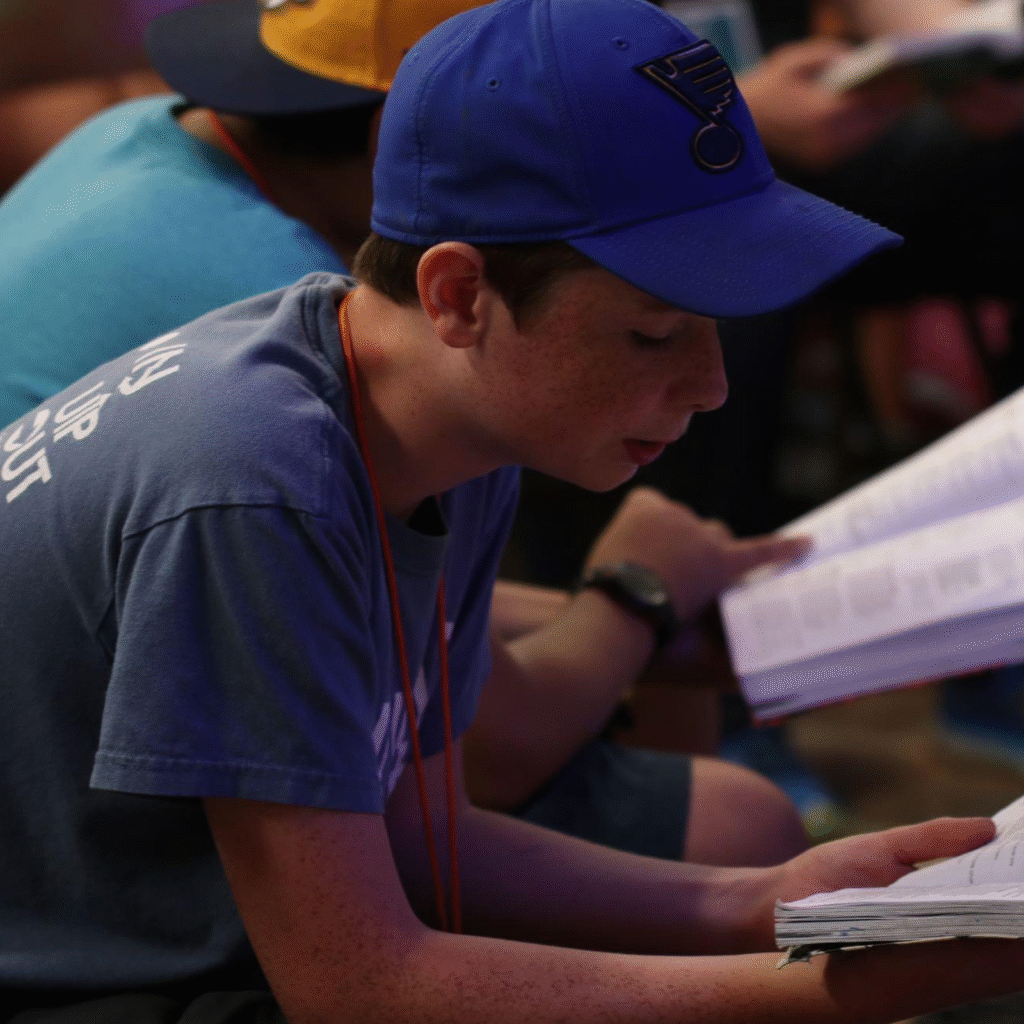
by Rev. Dr. David White
Rev. Dr. White is the C. Ellis and Nancy Gribble Nelson Professor of Christian Education, Professor in Methodist Studies at Austin Presbyterian Theological Seminary in Austin, TX
Adolescence has been considered, almost by definition, a period of heightened “storm and stress” due to the many changes youth experience concurrently, including physical maturation, drive for independence, increased social and peer interactions, brain development, rapidly changing cultural meanings, and inner qualities and commitments. Today, however, the anxiety appropriate to adolescent development seems to be dramatically heightened. According to the National Institutes of Health,
Nearly one third of all adolescents ages thirteen to eighteen are experiencing an anxiety disorder.1
These numbers have been rising steadily; between 2007 and 2012, anxiety disorders in children and teens went up 20%. The rate of hospital admissions for suicidal teenagers have doubled over the past decade. Anxiety disorders cut across all demographics―suburban, urban, and rural, college-bound and those not. Chronic anxiety can lead to serious mental health problems―depression, substance use, and even suicide. It can interfere with the ability to focus and learn, causing school problems that can have lifelong impact. Anxiety disorders can also lead to physical problems, such as headaches, chronic pain, digestive problems, and later heart disease.2
Sources of adolescent anxiety are numerous. Rising costs of living and home prices raise the stakes of educational credentials, increasing the pressures to succeed in high school and college. A survey done every year by Higher Education Research asks incoming college freshmen if they feel overwhelmed by all they must do. In 2016, 41% of students said “yes” compared with 28% in 2000 and 18% in 1985.3 For many young people the world feels scary and threatening. We’ve seen an increase in school shootings, with resultant drills and lockdowns in schools. Such fear is intensified by police violence, especially against young black men, reports of war abroad and threats to democracy at home. It is reasonable for young people to feel afraid in public spaces that previously would have felt safe.
Another source of teen anxiety involves their constant connection to social media, especially when their self-esteem―and worldview―becomes connected to responses to social media posts. In Joy: A Guide to Youth Ministry,4 James K. A. Smith and Kyle Bennet illumine the ways in which Instagram seems to promote anxiety related to how one presents oneself to the world. For example, one student noted that when using Instagram. “[I get] anxious about [the] number of likes [I get],” she said. “I have notifications turned off so it’s only when I check a few times a day … [It’s a kind of] anxiety … I usually tell myself it’s pointless.” When asked what exactly brings this anxiety she answered, “How many of my followers like my pictures, percentage of total [likes], [and] getting more likes than the last picture.”5
Another student reported
“I feel inadequate, or rather I feel like I’m not doing enough, I’m not receiving enough out of life.”6
Still another said, “…I think social media intensifies the opportunity to compare myself and my life to others, making me feel discouraged or lacking when I don’t match up. Also, people only project their best selves and the life they want to have so I’m constantly comparing myself to an ideal and unrealistic life.”7 Young people experience anxiety, and sometimes anger in response to failed expectations and realized disappointments.
The anxiety young people experience on Instagram takes another form. One student says “Every time I click on them [Instagram and Facebook]…I get anxious that I am not present, but sometimes I remain on the app just out of compulsion. It’s kinda scary”. She continues. “I get anxious that I am wasting my time because while I’m on the app, I could be paying better attention to the people around me, or the place I am in. It’s really distracting to me also because it interrupts whatever I am doing all the time.”8
Some young people struggle to resist the culture of presentation that is encouraged by the features of these platforms.
They struggle to not pursue perfection and prize affirmation through likes and views. They struggle to deal with not achieving omnipresence when they attempt to be “present” online to friends who just posted a pic and are awaiting “likes.” They struggle to balance between presenting themselves online, “being present” to others offline, and “being-presented-as” while online.
Many have fallen into the trap of putting too much faith in themselves, too much hope in others, and too much love in appearance. For all the enjoyment that Instagram can bring, it can foster just as much dissatisfaction and restlessness. Instead of inviting users to look beyond themselves, by its subtle patterns and practices of “gramming,” users are seduced to use this platform as a source of security and relief. Ironically though, this platform becomes a source of anxiety.
Youth ministry, at its best, must not simply stand at a distance and condemn social media; it must offer alternative practices and alternate experiences of grace and delight.
If, social media, as it is used by a great many young people (and adults) prompts anxiety related to invidious comparison, dissatisfaction and restlessness, then it is incumbent upon youth ministers to introduce alternate practices, including resistance, and/or taking a Sabbath from social media. If social media directs young peoples’ gaze to ever-changing cultural images and comparison with others, contemplative prayer redirects our gaze to delight in the concrete real before us and minimizes our fears of what we are not. Centering prayer can direct our attention to God’s loving presence in the moment, not dependent upon some presentation or commodity or image of the good life. Also, surrounding young people with caring adults who know how to listen and help focus attention on the things that matter—God, love, care, the gifts of true selfhood.
Notes


